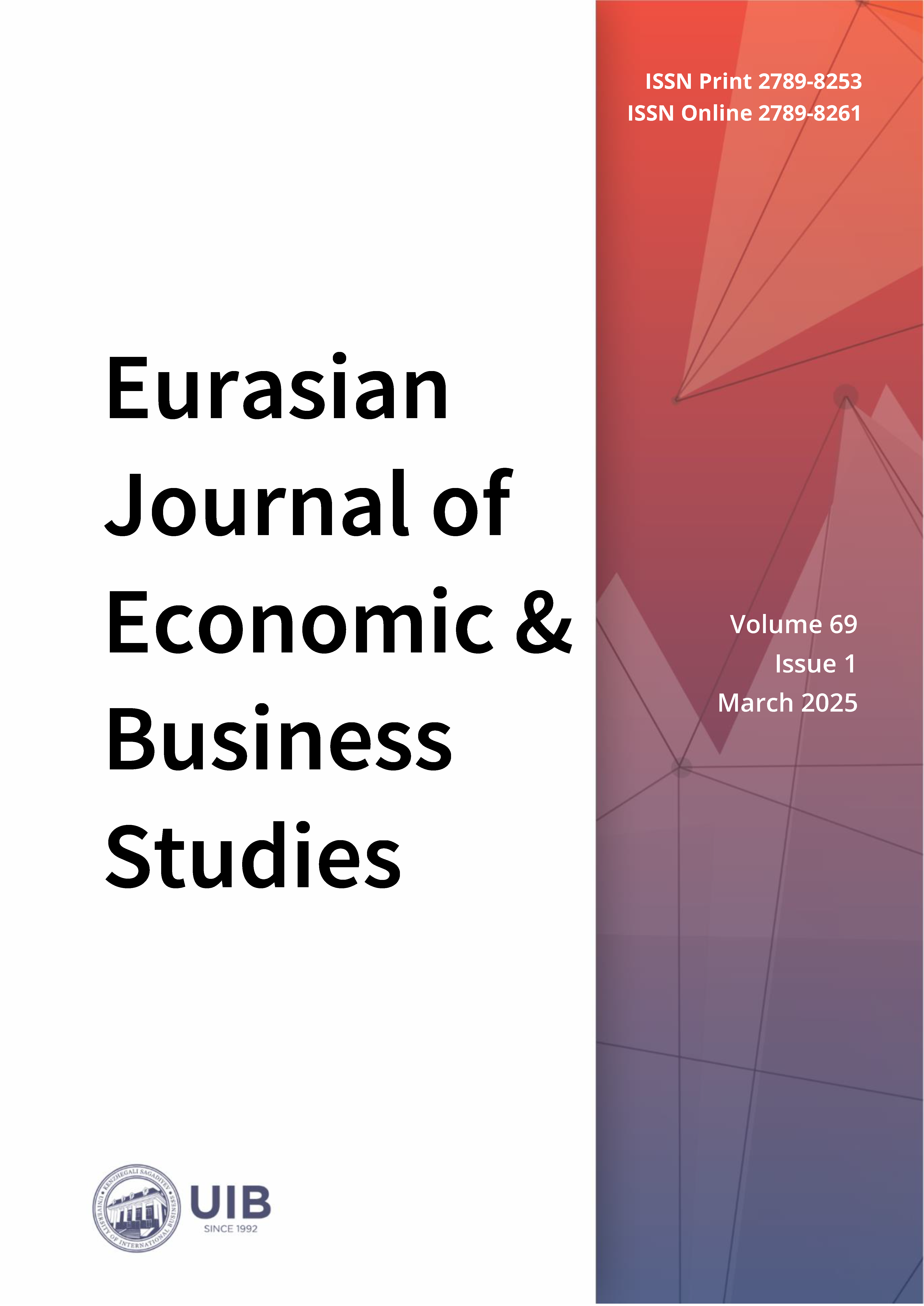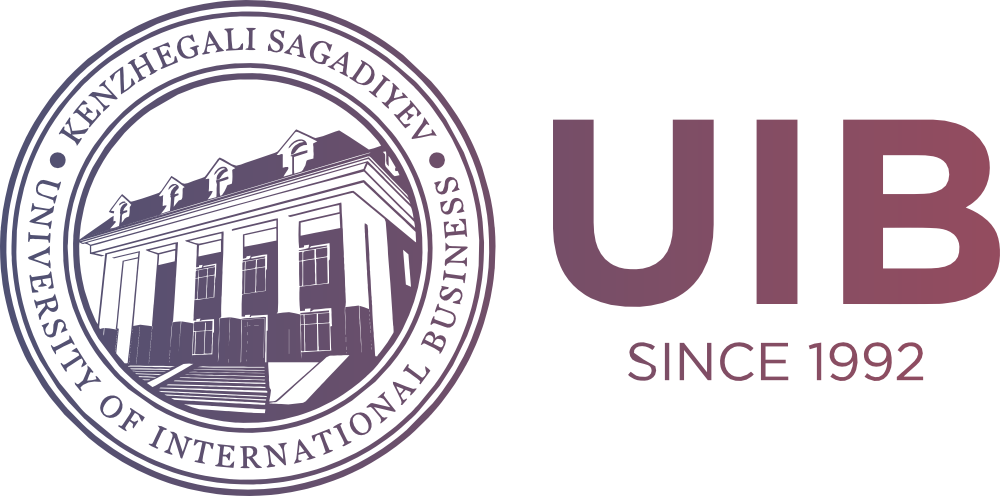Econometric Analysis of Key Factors Affecting Domestic Tourism Development in Kazakhstan
DOI:
https://doi.org/10.47703/ejebs.v69i1.458Keywords:
Economy, Economic Strategy, Tourism, Tourism Infrastructure, Tourism Policy, Business Opportunities, KazakhstanAbstract
Today, tourism plays a crucial role in Kazakhstan's economic diversification and regional development, especially in the post-pandemic era. This study aims to identify and quantify the key economic and infrastructural factors influencing tourism development in Kazakhstan. The research employs multiple regression analysis based on econometric modeling of macroeconomic indicators from 2013 to 2024. Based on the study of time series and correlation dependencies of indicators, a close relationship was found between the number of tourists and such variables as gross domestic product, the share of tourism in GDP, the number of organizations in the tourism sector, and income from accommodation facilities. The results indicate a strong positive relationship between domestic tourism growth and GDP per capita (β = 0.0508, p < 0.01) as well as the share of tourism in GDP (β = 447,484, p < 0.05). The number of tourism-related organizations also demonstrates a positive, though weaker, effect (β = 637.8, p<0.1). However, accommodation revenue and hotel occupancy were found to be statistically insignificant. Using methods and SWOT analysis, the strengths and weaknesses of the industry were identified, and opportunities and threats influencing its sustainable development were determined. The article proposes strategic measures to improve the competitiveness of the tourism industry, including the development of regional tourism, diversification of tourism products, the introduction of digital technologies, and environmentally responsible practices. These findings offer valuable insights for policymakers and industry stakeholders to support long-term tourism growth in Kazakhstan.
Downloads
How to Cite
Downloads
Published
Issue
Section
License

This work is licensed under a Creative Commons Attribution 4.0 International License.
Authors retain copyright and grant the journal right of first publication with the work simultaneously licensed under a Creative Commons Attribution (CC-BY) 4.0 License that allows others to share the work with an acknowledgment of the work’s authorship and initial publication in this journal.



